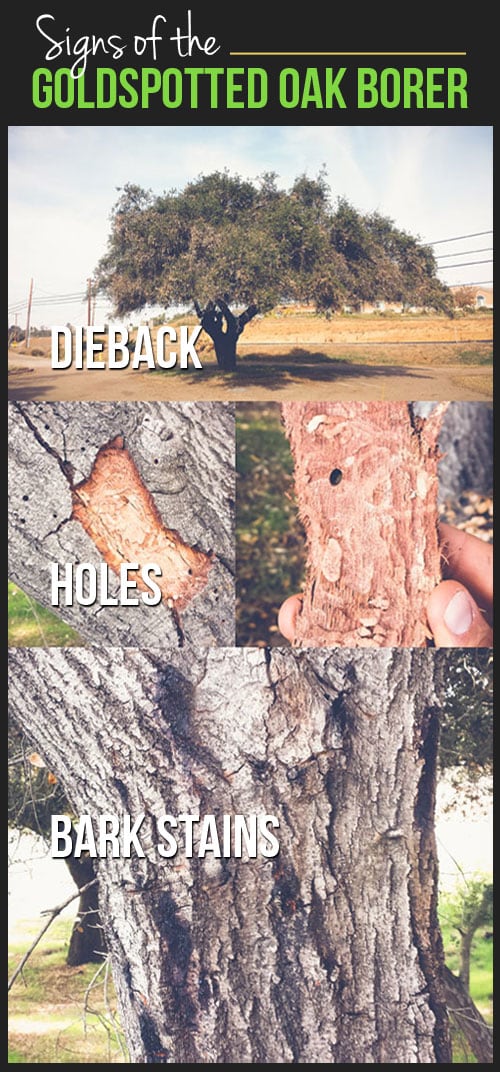Post-Tree Elimination Treatment: Efficient Techniques For Landscape Restoration
Post Writer-Hinrichsen Leblanc After a tree's removal, your landscape might look rather various, and it's vital to evaluate the results thoroughly. You'll wish to examine the soil disruption and examine bordering plants for any signs of anxiety. Ignoring these elements can cause bigger problems down the line. So, what should you make with those stumps and origins? And how do you pick the most effective plants for your rejuvenated room? Let's explore these crucial actions.
Examining the Results: Reviewing Your Landscape
After a tree removal, it's crucial to evaluate your landscape to comprehend the influence it carries your backyard. Start by taking a look at the area where the tree stood. Search for indications of dirt disruption, and inspect the bordering plants for any kind of anxiety or damage. You ought to additionally bear in mind of just how the removal has actually transformed sunlight direct exposure and air movement in your yard. This change can affect the development of neighboring plants, so it's vital to examine their wellness. Take into consideration the visual facets too; the elimination could develop an open space that you can redesign. Lastly, consider any possible erosion problems that may emerge from the tree's lack. Resolving these aspects early will aid restore balance to your landscape.
Managing Stumps and Roots: Alternatives for Elimination
When you've evaluated the aftermath of the tree removal, you'll likely require to deal with the stump and roots left behind. You have a few alternatives for elimination. One efficient method is stump grinding, where a specialist uses a machine to grind the stump down to underground degree. This method leaves very little interruption to your landscape. If you prefer a DIY approach, you can make use of a combination of digging and chemical stump cleaners. Just bear in mind, this process can take some time and effort. Conversely, take into consideration leaving the stump as an all-natural feature, which can act as a special yard aspect or environment for wildlife. Whatever you choose, resolving the stump and origins is necessary for recovering your landscape.
Choosing the Right Plants for Your New Area
As you evaluate your freshly cleared area, selecting the right plants can considerably improve your landscape's appeal and capability. Begin by taking into https://co.yalwa.com/ID_140928690/Precision-Timber-Felling.html and soil conditions. For sunny areas, choose drought-resistant plants like lavender or succulents. In shaded spots, ferns and hostas grow well. Consider the dimension and growth routines of your plants; mix perennials and annuals for seasonal selection. Don't fail to remember to integrate native types; they call for less maintenance and assistance regional wild animals. Group plants in odd numbers for a much more natural look and develop layers for visual depth. Lastly, ensure https://www.palmspringslife.com/leons-landscaping-services-indio/ have a mix of colors and appearances to keep your landscape lively throughout the periods. Satisfied planting!
Verdict
To conclude, restoring your landscape after tree removal is a satisfying procedure. By assessing the aftermath, resolving stumps and origins, and choosing the right plants, you'll develop a successful atmosphere. Don't fail to remember to include erosion control procedures to secure your soil. With a little effort and treatment, you can change your area right into a vivid yard that boosts your residential or commercial property. Embrace the possibility to renew your landscape and delight in the elegance of nature right in your backyard! 